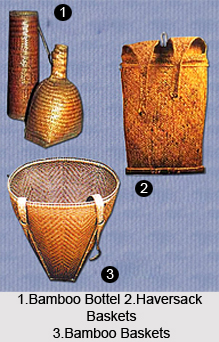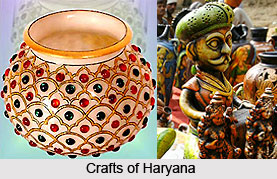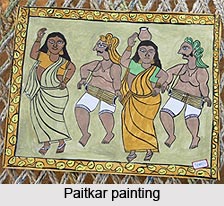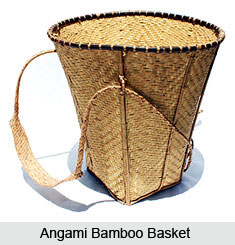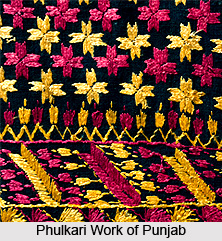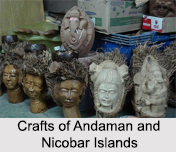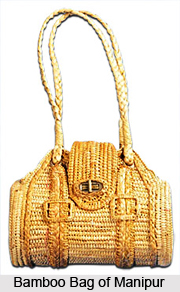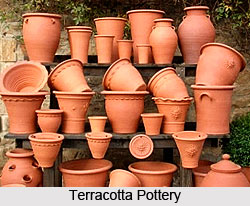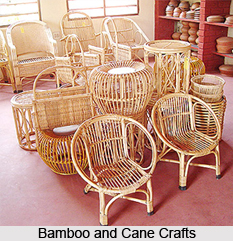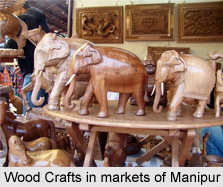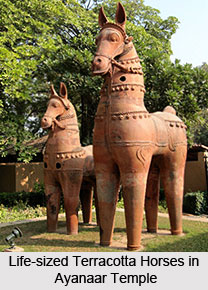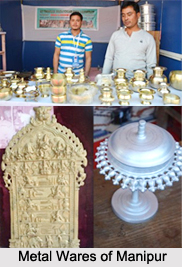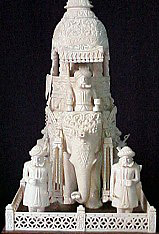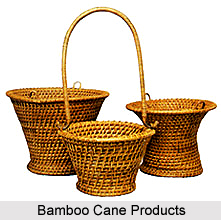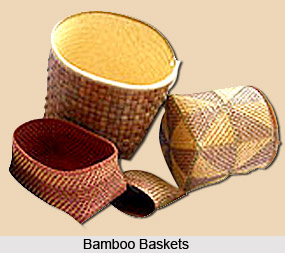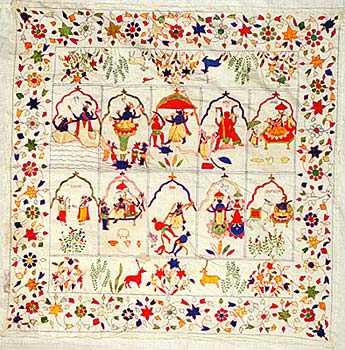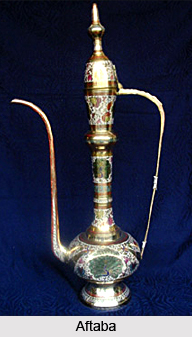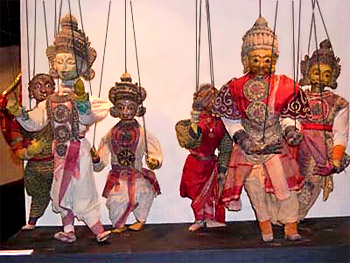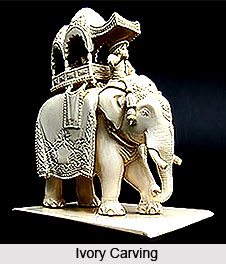 Ivory carving in Kerala is another traditional art. This art form received an impetus by Swati Tirunal Maharaja. An ivory throne made by Swati Tirunal is still preserved as a masterpiece. The craftsmen engaged in this art at present produce a variety of models of mythological characters, animals, birds, cigarette cases etc., to cater to different tastes. A typical specimen of ivory carving produced in Kerala is that of the snake boat (Chundan vallam) and it is cherished by tourists as a memento. The craftsmen engaged in ivory carving also use other materials for practicing their art.
Ivory carving in Kerala is another traditional art. This art form received an impetus by Swati Tirunal Maharaja. An ivory throne made by Swati Tirunal is still preserved as a masterpiece. The craftsmen engaged in this art at present produce a variety of models of mythological characters, animals, birds, cigarette cases etc., to cater to different tastes. A typical specimen of ivory carving produced in Kerala is that of the snake boat (Chundan vallam) and it is cherished by tourists as a memento. The craftsmen engaged in ivory carving also use other materials for practicing their art.
Interestingly, the tradition of ivory work in Kerala is very old, though it attracted the attention of the outside world in a spectacular way only in the nineteenth century. In 1851, the ruler of Travancore presented an ivory throne to Queen Victoria of Britain which was used as the chair of state at Windsor Castle during her life and was later kept in the Victoria and Albert Museum. The high quality of the ivory work thus came to be known to the international world. Many masterpieces of ivory carving of Kerala of the nineteenth century were also acquired by the Baroda museum. While single images represent the gods of the Hindu pantheon, more composite and desirable achievements of the artisans are represented by objects like thrones and palanquins.
The eighteenth-century throne in the Rangavilasam Palace, Trivandrum, has decorative ivory carving. The palanquin in the Mattancheri palace is nearly six feet in length, over three feet broad and slightly less than two feet in depth. The inside of the back and arms of the throne has decorative etched designs. Thin slabs of polished ivory were covered with a coating of wax; the design of which was traced by a pointed instrument. Some more examples of ivory carving in the past can be found in Manuscripts Library, Trivandrum. Like for instance, in the ivory frames of two seventeenth-century palm-leaf manuscripts, the etched designs of Lord Vishnu, Goddess Lakshmi, Narada are also painted. Attractive flowered decorations in red and green, with forms of deer, appear in the Mattancheri palanquin. A nineteenth-century ivory painting of Lord Shiva and Parvati, with Lord Ganesha, Lord Kartikeya and attendants, is in the Trivandrum museum. In addition to attractive statuettes of Hindu and Christian lore, some contemporary ivory carving works include ivory inlay in wood, in jewel-boxes, teapots, flower-vases and table-tops.
